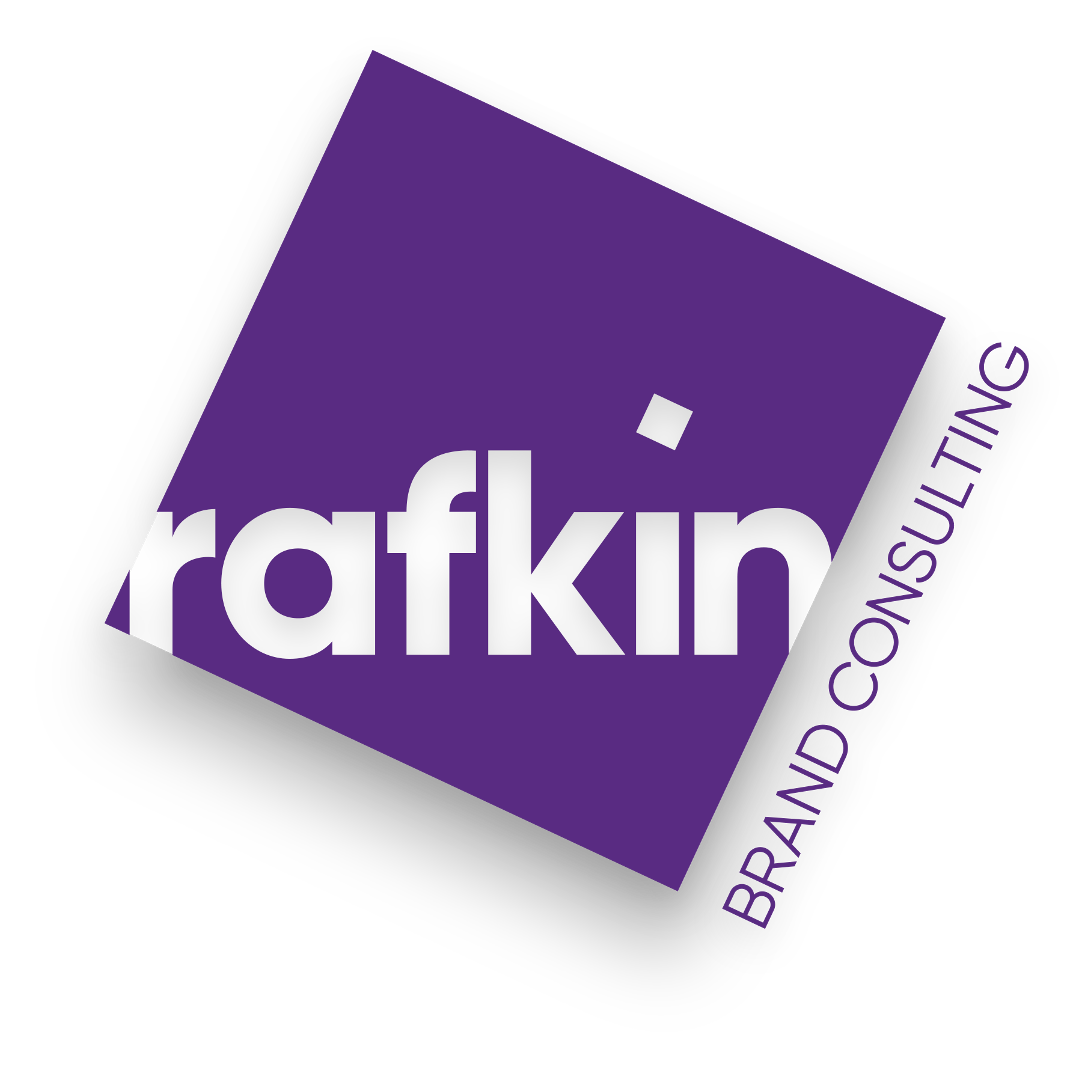Simplify health care!
Escalating costs. Declining quality. Increasing chronic illness. We spend 17% of our disposable income on health care—more than food, housing or transportation. Yet, our return on this investment is dismal. Where is all the money going? Why can’t we crack the code and make health care more effective and efficient?
Many of the proposed solutions to our health care crisis rely on patients taking an increased role in choosing coverage and managing their own care. However, individuals can’t manage what they can’t understand. The level of health care literacy in this country is extremely low. Fourteen percent of our adult population (over 30 million people) have “below basic” literacy skills. According to the Institute of Medicine of the National Academies, nearly 90 million adults, almost half the population, have difficulty understanding and acting upon health information.
This is a clarion call for simplicity in health care communications. The complexity and use of jargon in our health care system must end. Increasing transparency and simplifying communications between providers, patients, and payers can make a game-changing impact on our health care system.
Stop speaking in code. The health care industry must stop speaking in code. The jargon is often overwhelming and incomprehensible. For those lucky enough to have an employer-sponsored health plan, a typical enrollment period offers a choice of HMO, EPO, Premier Plus PPO, Premier PPO, or Basic PPO. If you select supplemental life insurance, you must submit an EOI. If you make a claim, you receive an EOB. At a recent industry conference, there more acronyms than any sane person could understand: EMR, PHR, PBM, UM, CM, DM, PCP, IVR, NP and PA. You should “earn” your acronyms through common usage and universal understanding. Most Americans know what GE, GM or IBM stands for. But, very few patients (and a surprising number of health care professionals) have a clue what many of these industry acronyms mean.
Fix the underlying problems before you digitize it. There has been a lot of discussion lately about the liberating promise of information technology and the power of a single, universal platform for electronic health records. We couldn’t agree more. However, converting the current state of affairs into a single electronic platform will only lead to more confusion unless we first address the complexity and jargon in today’s health care communications. Before we spend tens of billions to freeze the status quo in a universal electronic platform, let’s fix the underlying communication problems.
Take the Simplification challenge. One Blue Cross Blue Shield President called our current state of affairs “the tyranny of confusion.” We know empirically from our work with insurers, hospitals, pharmaceutical companies and government agencies that simplification can deliver dramatic increases in patient understanding and satisfaction, combined with significant increases in efficiency, effectiveness and productivity for providers and payers. Savings from a comprehensive simplification approach could equal hundreds of millions, potentially billions of dollars every year.
We challenge everyone to remember the mission of health care—to treat patients. A valuable first step in health care reform will be to adopt a truly patient-centric mindset. We must spend the time, effort and resources necessary to streamline, simplify, and if necessary, re-engineer how patient communications are conceived and delivered.
With this in mind, we offer as a starting point seven guidelines that we use to develop simplified, customer-centric communications:
STATEMENT OF PURPOSE
Every touch point, whether it’s an application, letter, pamphlet or website, should clearly communicate exactly what its purpose is. Through both copy and design, the touch point must instantly communicate why it’s important.
PLAIN LANGUAGE
Everyone deserves simple, jargon-free language that improves the chances of comprehension and compliance, while building trust through transparency. No acronyms should be used unless there are clear, accompanying definitions. Simple and meaningful examples should always be given, since it is proven that this is how people learn and remember.
CONTENT AND GRAPHICS
Content should always be as short and concise as possible. Next steps should be clearly outlined. Simple and useful tables, charts and graphics should illustrate complex information.
STRUCTURE AND NAVIGATION
All formats should follow a summary-to-detail organizational format, which matches how people typically process information. Clear headings and labels should be used as signaling devices. Related information should always be grouped together so it’s easy to find. Documents, correspondence, collateral, web sites and other touch points should be easy to use and easy to navigate.
CUSTOMIZATION
As much as possible, content should be customized for the target audience. Relevancy increases comprehension. Research proves that customized approaches perform better than form letters.
TRUST AND RELATIONSHIP BUILDING
Perhaps the most important guideline of all. Transparency, clarity, and simplification of the customer experience establish trust. Education, community, and value-added information that truly informs, builds relationships. Prominently displayed self-help options and customer service contact information anticipates questions and shows you care.
VISUAL APPEAL
Clear and intuitive design cannot be underestimated. Plenty of white space, readable type, clear titling, and quality graphics and design all indicate that you value and respect your audience and have nothing to hide.
Breakthrough simplicity is as difficult as it is rare. True simplification goes beyond redesigning communications. To succeed, you must start from the bottom up and analyze how people consume and process information. You must tackle the underlying economic incentives, organizational roadblocks, sacred cows, and entrenched systems and technologies. We believe that simplification can be a tremendously empowering and transformative force in health care, because it will increase comprehension, transparency, and trust, while encouraging patients to take greater personal responsibility. No one believes that this is the cure for all that ails America’s health care system. But it’s not a bad place to start.
Lee Rafkin is a branding, marketing, and communications consultant based in New York. In addition to advising leading brands like Discovery Networks, Estée Lauder, Medtronic, Nestlé, and Pepsico, he named and branded the U.S. out of home organizations OUTFRONT, Geopath, and Boldsite Media. Lee can be reached at lee@rafkin.com.
